Cheong Wa Dae Media Display (청와대 국민과 함께 영상전시)
1.7Km 2024-11-28
1 Cheongwadae-ro, Jongno-gu, Seoul
박주원 학예연구사 02-3771-8636
Cheong Wa Dae Media Display brightens the night through a media facade display on Yeongbingwan Hall. The display shows the history of Cheong Wa Dae through the theme "Twelve Lights".
Namdaemun Market Bondong Clothing Shopping Center (남대문 본동의류상가)
1.7Km 2022-09-07
3-2, Namdaemunsijang 2-gil, Jung-gu, Seoul
+82-2-753-2805
Namdaemun Market Bondong Clothing Shopping Center maintains the traditional market atmosphere unique in Korea. It is home to a slew of restaurants, butcher's shops, and shops selling food items. Jungang-ro, in particular, houses many shops specializing in local Korean food products, attracting international tourists. The western side of Bondong Clothing Center is populated by shops selling stationery, art materials, and small electronics.
Kangbuk Samsung Hospital (강북삼성병원)
1.7Km 2025-07-07
29 Saemunan-ro, Jongno-gu, Seoul
Established in 1968, Kangbuk Samsung Hospital has over 50 years of history and is taking a new leap forward with a vision for its centennial year.
Through partnerships with renowned institutions, such as Johns Hopkins Hospital in the United States and the BBDC in Canada, the hospital delivers advanced medical services while leading the public health arena. It is also committed to systematic research and the development of ICT-integrated digital healthcare, which will be the foundation for future medicine. With an excellent infrastructure that includes clinics and specialized centers (e.g., the Diabetes Center, Breast and Thyroid Cancer Center, Digestive Cancer Center, Musculoskeletal Disease Center, and Prostate Center), Kangbuk Samsung Hospital provides top-quality medical services focused on providing patients with satisfactory treatments.
Daepo Jjimdak - Daehangno Branch (대포찜닭 대학로)
1.7Km 2021-03-19
18, Daehak-ro, 9-gil, Jongno-gu, Seoul
+82-2-742-6669
This is a Korean cuisine located in Daehak-ro, Seoul. The best menu at this restaurant is braised chicken. A restaurant that's popular among college students.
Cheongwadae Sarangchae (청와대사랑채)
1.7Km 2025-07-15
45 Hyoja-ro 13-gil, Jongno-gu, Seoul
+82-2-723-0300
Cheongwadae Sarangchae is an “open cultural space” for everyone. Throughout the facility, travel library-themed spaces and tourism-related exhibitions are set up providing distinctive experiences for visitors interested in learning more about Korea. By exploring Cheongwadae Sarangchae and its surroundings, visitors can expand their discovery and get a deeper insight as they travel Korea. Cheongwadae Sarangchae consists of exhbition halls on the first and second floors, with convenient amenities such as a nursing room, storage lockers, accessible restrooms, a gift shop, and a cafe.
Namdaemun Market (남대문시장)
1.7Km 2024-05-17
21, Namdaemunsijang 4-gil, Jung-gu, Seoul
+82-2-753-2805
Opened in 1964, Namdaemun Market is the largest traditional market in Korea with shops selling various goods. All products are sold at affordable prices and the stores in this area also function as wholesale markets.
Most of the goods are made directly by the storeowners. Namdaemun Market is even open overnight, from 23:00 to 04:00, and is crowded with retailers from all over the country. When day breaks, the site of busy shoppers bustling around the market creates a unique scene that attracts tourists worldwide. Namdaemun Market sells a variety of clothes, glasses, kitchenware, toys, mountain gear, fishing equipment, stationery, fine arts, accessories, hats, carpets, flowers, ginseng, and imported goods.
Olive Young - Jeongdong Branch [Tax Refund Shop] (올리브영 정동)
1.7Km 2024-04-22
26, Saemunan-ro, Jung-gu, Seoul
-
Queen Plaza (퀸프라자)
1.7Km 2021-06-19
29, Namdaemunsijang 6-gil, Jung-gu, Seoul
+82-2-775-8400
Queen Plaza offers diverse items for people of varying ages from children to seniors. Consisting of many shops, it is particularly popular among families. On the third floor, designer clothing and accessories can be found.
Seongdae Guksu (성대국수)
1.7Km 2021-03-18
18, Seonggyungwan-ro, Jongno-gu, Seoul
+82-2-762-3996
This is a Korean cuisine located in Jongno-gu, Seoul. A restaurant that uses only natural ingredients. The best menu at this restaurant is noodles in anchovy broth.
Namdaemun Shopping Center (남대문 종합상가)
1.7Km 2021-06-04
21, Namdaemunsijang 4-gil, Jung-gu, Seoul
+82-2-753-2805
Thanks to its rich history, Namdaemun Shopping Center boasts not only an impressive array of items, but items not available elsewhere. For instance, visitors can find all kinds of hard-to-get camera parts and accessories. Local products from across the country are also readily available in Namdaemun Shopping Center.
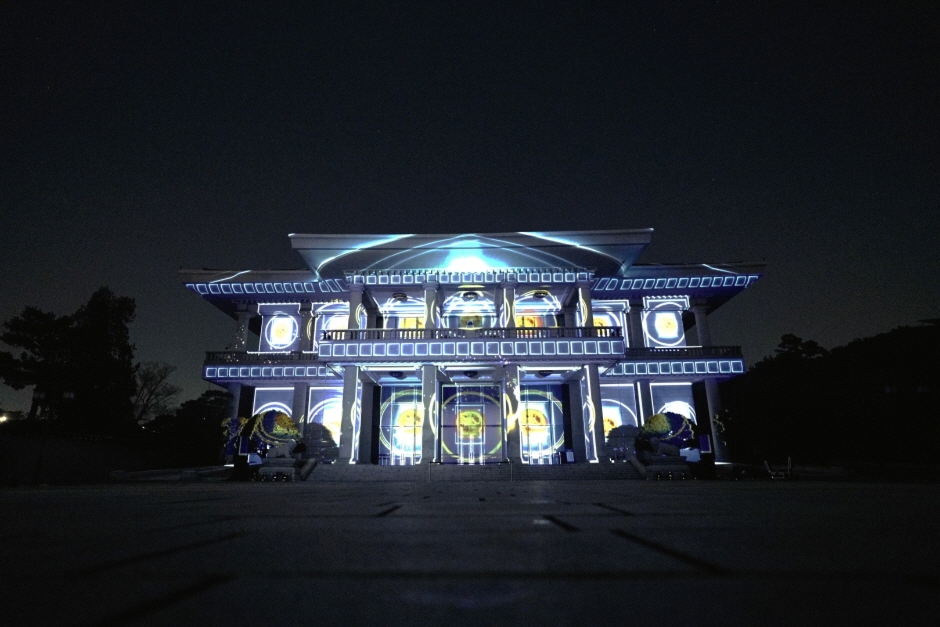
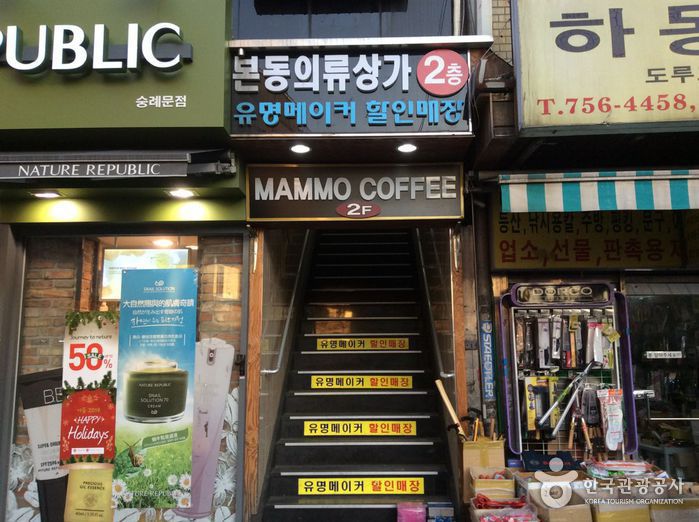

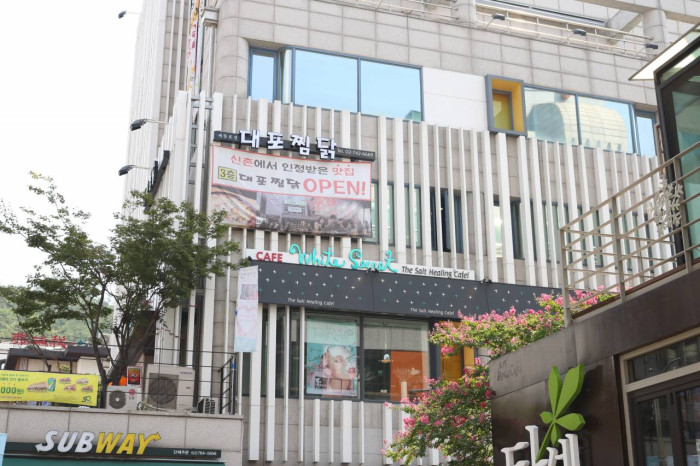
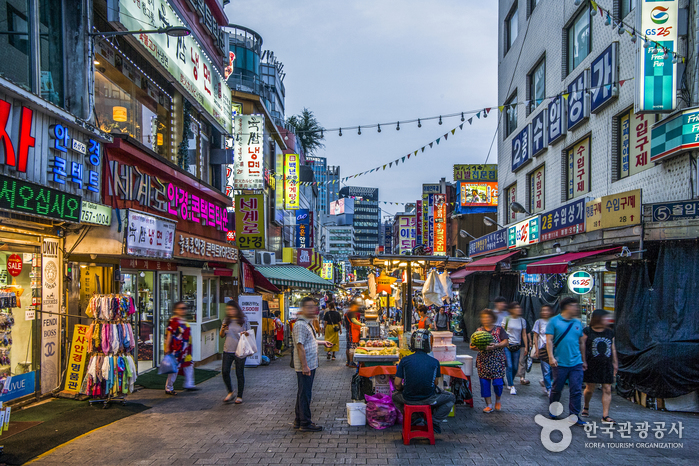
![Olive Young - Jeongdong Branch [Tax Refund Shop] (올리브영 정동)](http://tong.visitkorea.or.kr/cms/resource/11/2888011_image2_1.jpg)
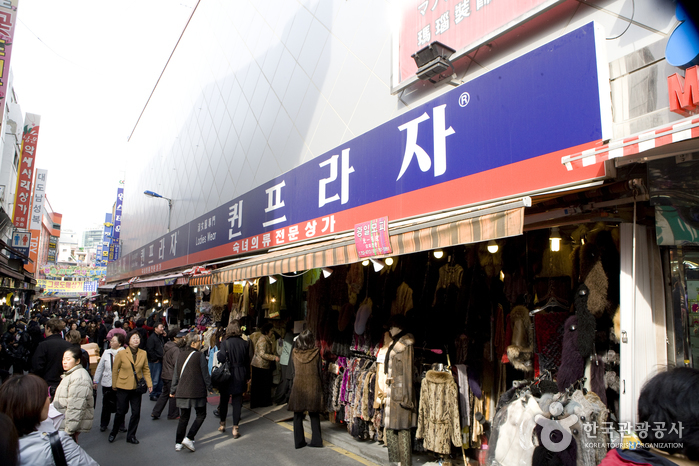
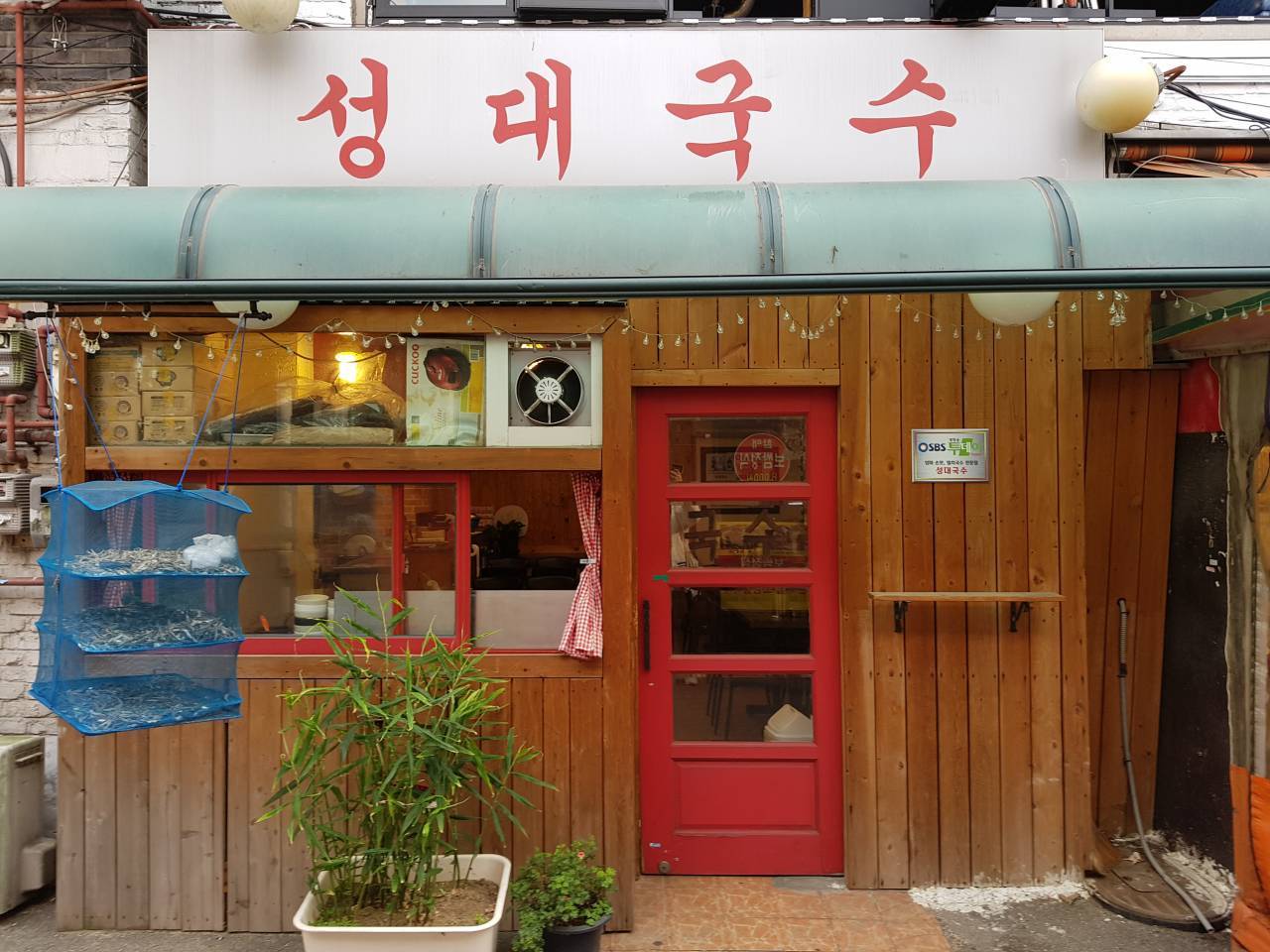
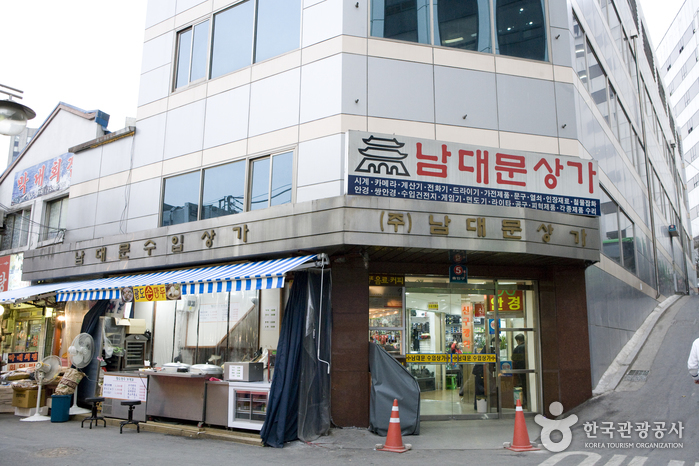
 English
English
 한국어
한국어 日本語
日本語 中文(简体)
中文(简体) Deutsch
Deutsch Français
Français Español
Español Русский
Русский